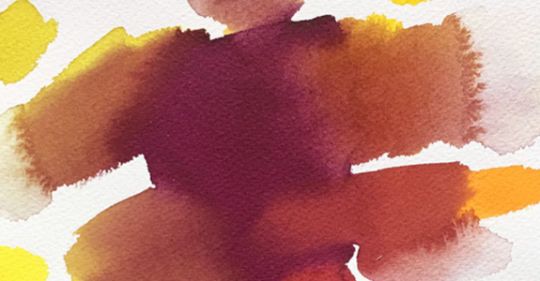
MONOPIGMENT AND COMPOUND
Monopigment colours have always been appreciated by artists for the predictability and purity of the shades obtained from them when mixing: the less pigments participate in the production of the mixture, the cleaner the final tint...Read more >>>
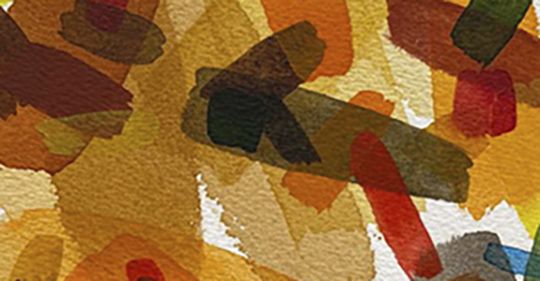
TRANSPARENT, SEMI-TRANSPARENT, OPAQUE PAINTS
Glazing is a multi-layered technique in painting: applying paint with transparent strokes from lighter to darker, one layer over the other.Alla prima is a technique in which a picture... Read more >>>
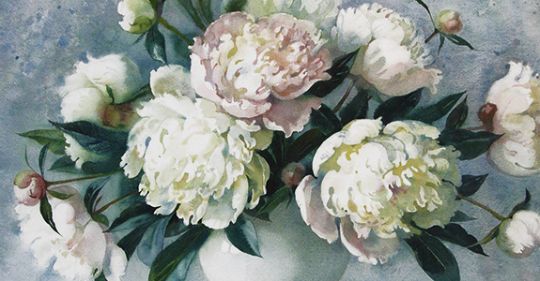
WATERCOLOUR TECHNIQUES
Glazing is a multi-layered technique in painting: applying paint with transparent strokes from lighter to darker, one layer over the other.Alla prima is a technique in which a picture is created within one painting session before the colours dry completely.
Read more >>>
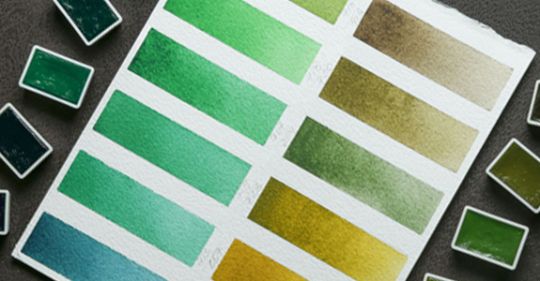
COLOUR COLLECTIONS & MIXING COLOURS
In the palette of ochres and browns there are natural eaths (monopigment colours), iron oxides transparent and opaque (monopigment) and compound colours, in which, as a rule, iron oxide or some yellow and/or red...
Read more >>>
MONOPIGMENT AND COMPOUND. DIFFERENCE OF MIXTURES BASED ON MONOPIGMENT AND COMPOUND COLOURS.
Monopigment colours have always been appreciated by artists for the predictability and purity of the shades obtained from them when mixing: the less pigments participate in the production of the mixture, the cleaner the final tint. Monopigment colours contain one pigment, while compound colours can include two or more pigments. The use of monopigment colours is also important at the stage of teaching academic painting. Gaining artistic professional skills, it is very important to learn to get the desired shades independently, to learn to understand and anticipate the behaviour of a particular colour in mixtures and when used in various painting techniques. Of course, it is easier to come to such an understanding using monopigment colours at the training stage.
Monopigment colours are necessary to obtain countless unique shades, compound colours do not give such a variety in mixes. Compound colours are not used in complex mixes, they are used as ready-made colours, and you no longer need to waste time for mixing. Of course, any compound colour can be obtained on its own by mixing the original colours, but this requires time and distraction from the main work. They are indispensable in the fast and expressive technique of alla prima, where it is important to focus on the very process of painting, control the movement of colour along the sheet, and there is no time to obtain complex mixes from monopigment colours; in the plein-air and sketches, where time also plays a key role.
Even in complex watercolour painting with glazing, in fills, compound colours are often used, it is just important to know their characteristics and behaviour. Ready-to-use saturated, deep, bright and complex colours, light pastel shades are already good in themselves and are an integral part of the palette of professional artists.
Mixes on the base of monopigment and compound colours.
- Test №1. Quinacridone violet (621) (Monopigment violet) + Lemon (214) + Cadmium lemon (203) + Ochre yellow (218) + Cadmium yellow medium (201) + Golden deep (217) + Cadmium orange (304).
- Test №2. Compound violet + Lemon (214) + Cadmium lemon (203) + Ochre yellow (218) + Cadmium yellow medium (201) + Golden deep (217) + Cadmium orange (304).
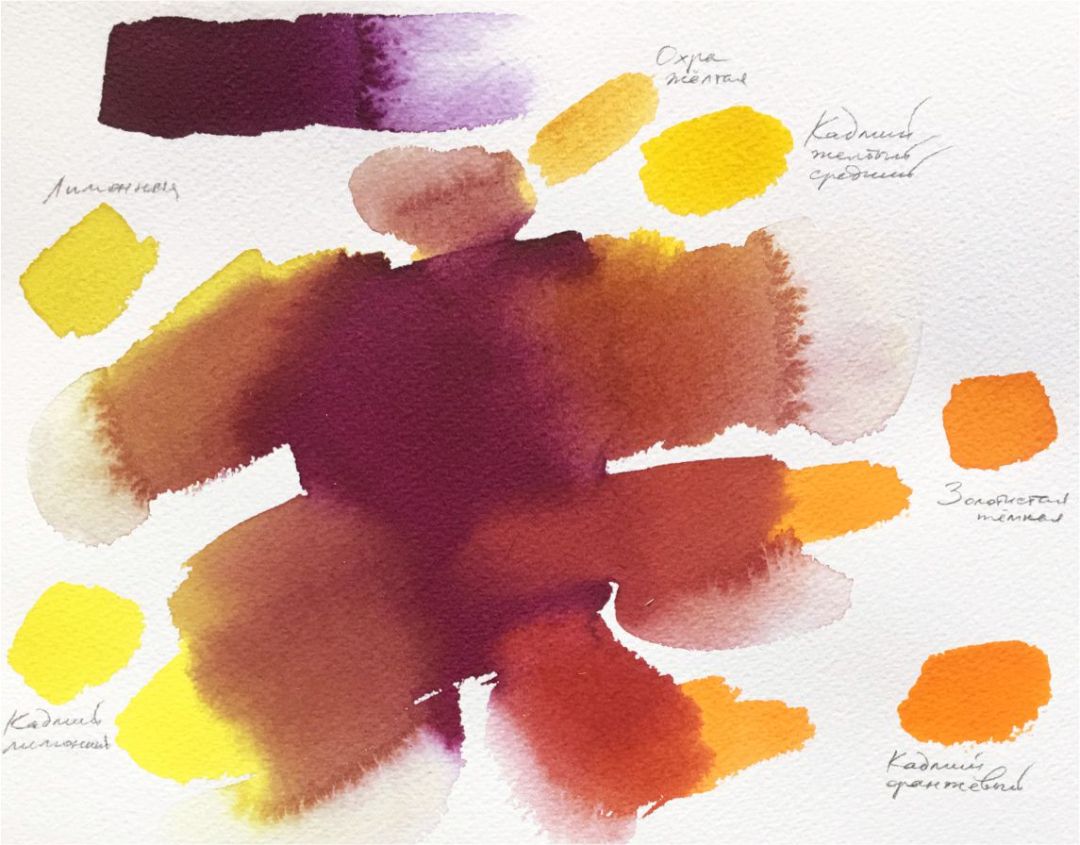
Test №1
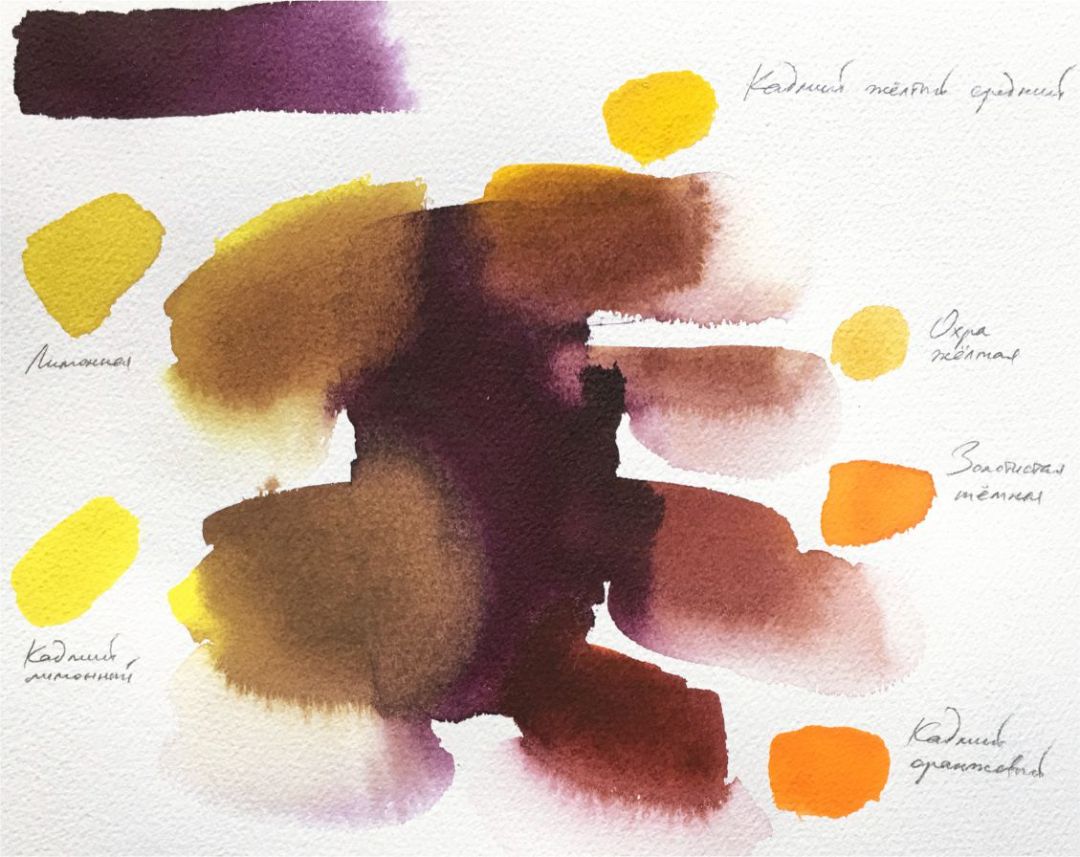
Test №2
The colour of the tested violets is similar, but the differences in the shades of the resulting mixes are very noticeable. The first violet colour is monopigment, the second compound of two pigments.
In the second test, the colours are more subdued than in the first. The additional pigment in violet changes the compositional compound of the pigment mixes of the second test, which means that the shade changes. Mixes from the first test give pure colours and a predictable result in tint that can be predicted while working. The shades of the mixes of the second test inherit the characteristics of the inperceptible additional pigment of violet colour, muting the colour obtained from it when mixing and giving a less predictable result.
Monopigment colours, which allow the artist to get a lot of his own, predictable, pure, unique shades, are very valuable, but the beautiful shades of finished compound colours, which do not require time and effort to mix every time, are very convenient to work with, the main thing is to know their properties and capabilities. Information about the properties and composition of colours is always indicated on the labels and in the colour charts.